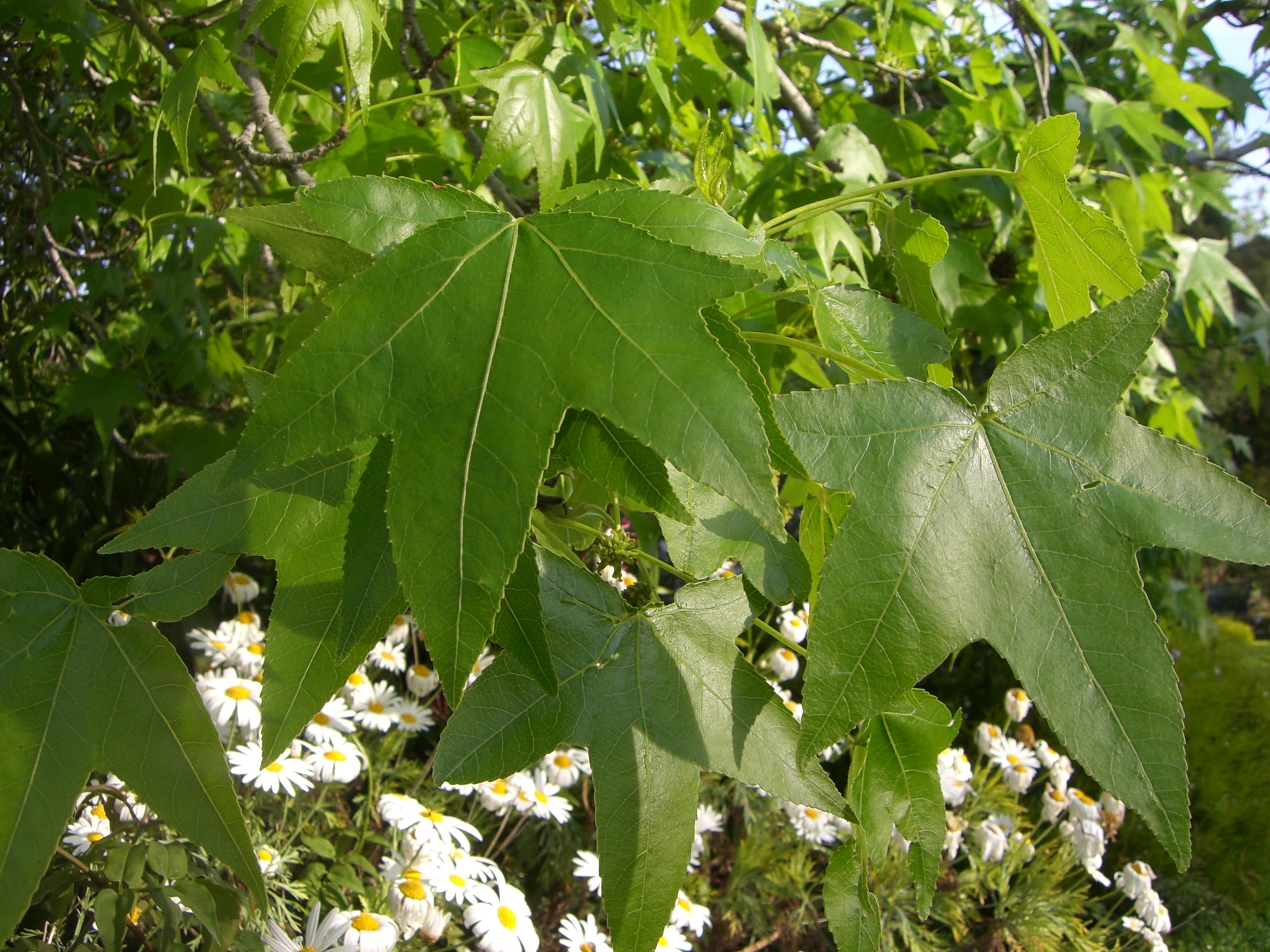
Deciduous trees. Sap aromatic. Young shoots with corky wings. Leaves simple, alternate, variously 3-7 lobed, toothed and long stalked. Flowers unisexual; female with sepals fused, petals absent; male with 4-10 stamens. Ovary inferior, when mature containing a few winged seeds. Fruits consisting of a ball on a long stalk, composed of numerous fused capsules with pointed persistent styles.
Was placed in the family Hamamelidaceae.
Species by seed; cultivars by budding or grafting.
A valuable timber tree and source of aromatic balsam (storax) used as a medicine and in perfumery.
Rough-barked trees with lobed leaves having palmate venation; fruit hanging as long-stalked solitary balls; the common L. styraciflua has corky flanges along the young shoots.
4 species (1 from N America, 1 from SW Asia and 2 from China).
Thomas (1961), Santamour & McArdle (1984).
Source: (1997). Hamamelidaceae. In: . Horticultural Flora of South-eastern Australia. Volume 2. Flowering plants. Dicotyledons. Part 1. The identification of garden and cultivated plants. University of New South Wales Press.
